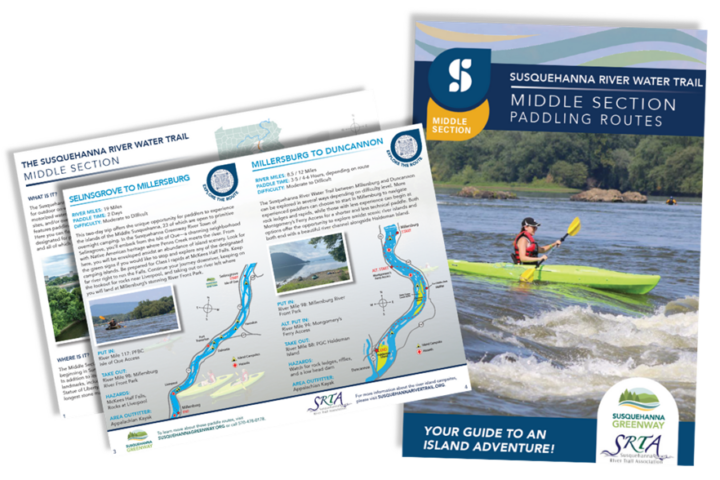Staff from the Department of Conservation and Natural Resources (DCNR) recently polled various trail experts from across the state on best practices for closing trail gaps. Below are the top 10 tips:
- Must have a local champion to move it forward – the more champions the more likely to close gap.
- Plan, plan, plan, etc. So many gaps sit with no plan on how to resolve them. With a plan in place to resolve the gap there is at least a starting point.
- Find local funds to pay for design without construction funding. You can show project is “shovel ready” and compete better for the BIG construction $.
- Sell…sell…sell…. Tell EVERYONE about your project. Someone may know someone who knows of a funding source. Every penny counts and so does community support.
- Develop marketing pieces with a compelling story and videos.
- Create a funding roadmap and an implementation plan. Hold a funders’ meeting. Strategize funding matches, due dates, and requirements.
- It truly takes a VILLAGE to close gaps. Forge as many partnerships as you can. Difficult projects have a LOT of moving pieces; committed partners can move things along, often in surprising ways.
- Communicate constantly. Closing gaps can take years, officials can change. Plan to continually educate officials, agencies, funders on the project vision and benefits. Celebrate every small step to instill confidence that your great project will happen.
- Remember the power of preserving PA’s history with rail trail projects. Officials may not support trails but they could be railroad / history buffs. Viaducts, tunnels, and former railroad stations have great stories and are worthy of preservation for the historic value.
- Become familiar with Pennsylvania’s transportation planning process, present project to your metropolitan planning organization and treat the project like a transportation project. DCNR funding is best used for upfront planning and can provide some match. PennDOT has provided more funding than DCNR to help close costly trail gaps.




